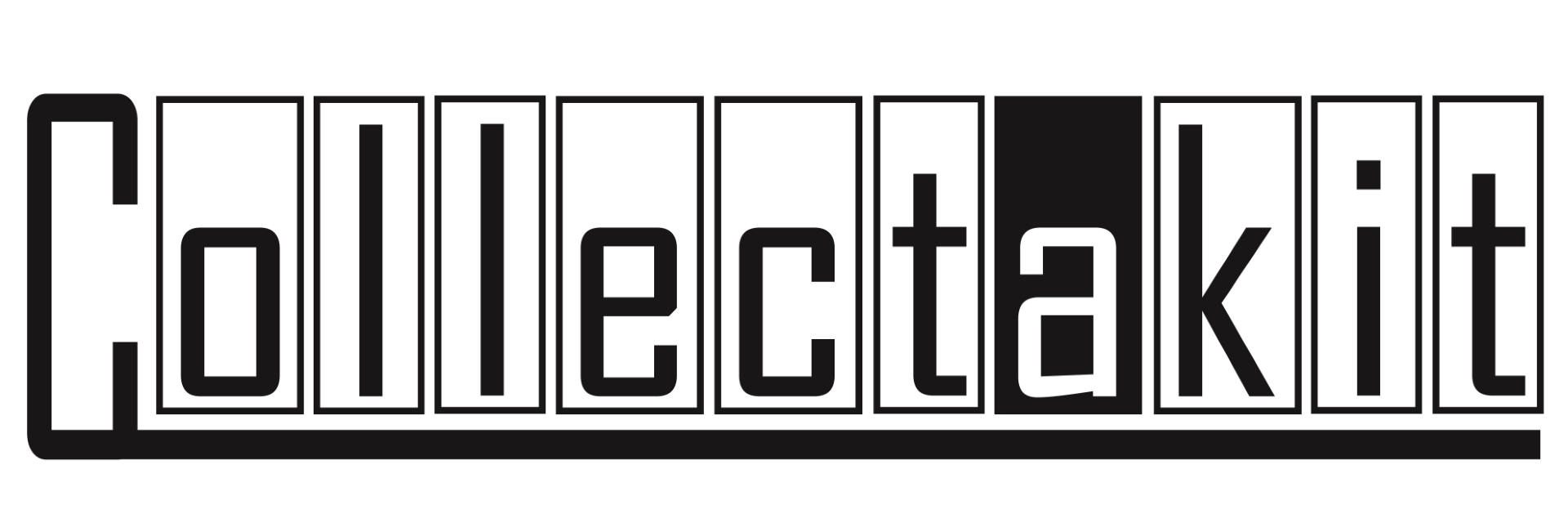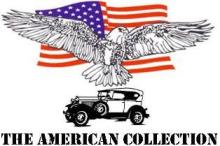
1958 “Hot Rod Magazine Special” Streamlined Dragster.
The inaugural National Championships of the National Hot Rod Association was held in 1955 and produced a story in its own right. The event, held on the 8,000-foot runway at the Great Bend Municipal Airport, Kansas, in late September 1955, was hit by the worst rainstorm in 30 years. Six contenders still waited in the staging area when the NHRA officials declared the meet closed and started to consider their options for concluding the first championships.
Almost two months later the final runs of the 1955 NHRA Championships were squeezed in amongst the Southwest Regional Championship races at Perryville, Arizona, on the 19th-20th of November, 1955. If anyone thought that would see an end to the dramas then they were wrong. The two cars that eventually lined up to contest the National final were the "J.E. Riley & Son Special", driven by 25-year-old Calvin Rice, and the Fritz Voigt “Voigt Automotive Special” dragster. Three false starts later Cal’ Rice’s pit crew, led by Chuck Webster and Mel Dodd were replacing the transmission in the "J.E. Riley & Son" special with just a 30 minutes window in the rules to allow such repairs. The Rice car had blown its transmission and Voigt claimed he was champion by default. However, both cars had jumped the start and the flag man had declared a false start prior to the mechanical failure occurring thus opening the half hour repairs window for Cal’ Rice’s crew.
The crew then found that the spare Ford transmission unit didn’t fit the 274ci Mercury flathead motor meaning additional time converting it to fit. With seconds to spare they pushed the car to the line, having had no time to adjust the clutch linkage. Cal’ Rice was forced to sit very low in the cockpit just reach the pedal and could only operate it with the tips of his toes.
The fourth and final run saw Rice win the 1st National Championship, and take the title of “Mr. Eliminator”, with an ET of 10.30sec’s and a speed of 141.95mph. Voigt never drove at an NHRA event ever again.
Calvin Rice was from Colton, California and lived in Santa Ana. Drag racing was becoming more organised and enjoying huge popularity in the early 1950s and the first slingshot style dragsters caused a sensation when they were introduced by Mickey Thompson and Calvin Rice in 1954. The concept of putting the driver behind the rear wheels was aimed at getting the maximum weight over the rear axle for improved traction. The "J.E. Riley & Son Special" special was built by Melvin Dodd, John Goheen, Calvin Rice and Chuck Webster at John Goheen’s body shop next door to CJ (Pappy) Hart’s service station on 1st and Harbor, Santa Ana, California. J.E. Riley & Son Construction provided the sponsorship and the car stood out in its yellow paint and black accents. The ultra-streamlined shape set it apart from many dragsters of the time and fitted with a very powerful Chrysler Hemi engine the car became popular for its looks as well as its records.
After three years as the "J.E. Riley & Son Special" a new paint job adorned the car for the special event in 1958. With the aim of promoting Drag racing internationally, and attacking the speed records set by the Germans pre-war, Wally Parks organised for a series of demonstration runs to be held at the March Air Force Base near Riverside. The “Hot Rod Magazine Special” again driven by Cal’ Rice set a new record for the standing kilometre at 123mph (18.10ET) achieving 182.22mph top speed at the end of the run. Auto Union’s 21-year-old record of 117mph was gone.
A replica of the "J.E. Riley & Son special" is displayed at the NHRA museum.


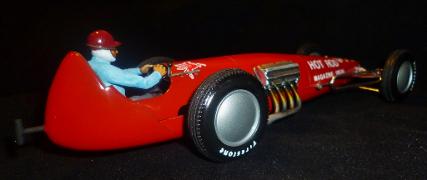


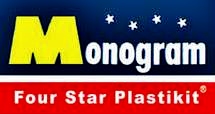

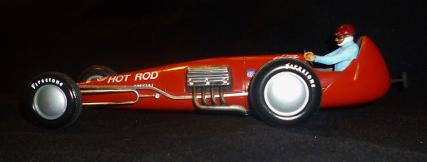
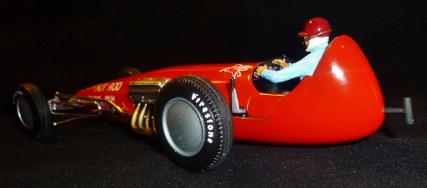


Monogram released their first dragster kit Called “Slingshot” in 1959, kit #PC49-98. Quoted as 1/22nd scale one wonders why such a scale was chosen. This kit was quickly followed by the kit # PC59-98 called the "Long John" Streamlined Dragster which was also released as a motorised version, kit #PC259M.
These kits proved to be some of the most popular kits of the era with the option to use a CO2 cartridge to power the or battery motor providing hours of fun for young model makers. Although, today, we might not be so keen on our children messing around with CO2 cartridges!
The “Long John” Streamlined Dragster kit was based on the famously streamlined “Hot Rod Special" and the similarities are there. The rear end being the most obvious difference to the original J.E.Riley & Son special but more like the later evolution of the Hot Rod special which by then was required by NHRA rules to have a roll hoop.
In 1965 the kit was re-released as kit #PC115, again in 1970 and 1998 the kit was put on sale, as kit # 6719 and # 85-0544 respectively, each time the only change has been the box. The 1959 "Slingshot" Dragster kit also had several re-releases over the years.
Ian built the kit through March/June of 2017, almost straight from the box there are a few alterations but Ian tried to stay true to the heritage of the kit. The exhaust pipe openings were hollowed out and the panel lines added. The rear body work joint line, and that of the nosecone were filled, and the driver figure’s arms were filled and shaped to give a more realistic look.
The model is painted with AlcladII black and white primers, then PlamoUK Ferrari red applied. This was of course all sanded between coats and then polished back with “Tcut”. The Moon Disc wheels were painted with AlcladII white Aluminium and finished with several coats of “Klear” to give them a polished Aluminium sheen. There are no chrome parts in the kit, all the chrome was applied from the Molotow liquid chrome pens.
The figure was painted with Art-Deco acrylics and Humbrol enamels. Mr. Metal colour paints were used for the metallic looks on the interior of the cockpit and wear marks along the panel edges.
The kit decals were unfortunately too fractured to be used, despite Ian’s efforts to cover them with “klear” and transfer them to a new sheet of clear decal paper. This occurrence pushed Ian into doing more of a homage model to the “Hot Rod Magazine Special”. Decals were salvaged from the kit decals, found in the spares box and purchased from Modelworks.co.uk. It probably looks better in Hot Rod Red than in the original colours!
